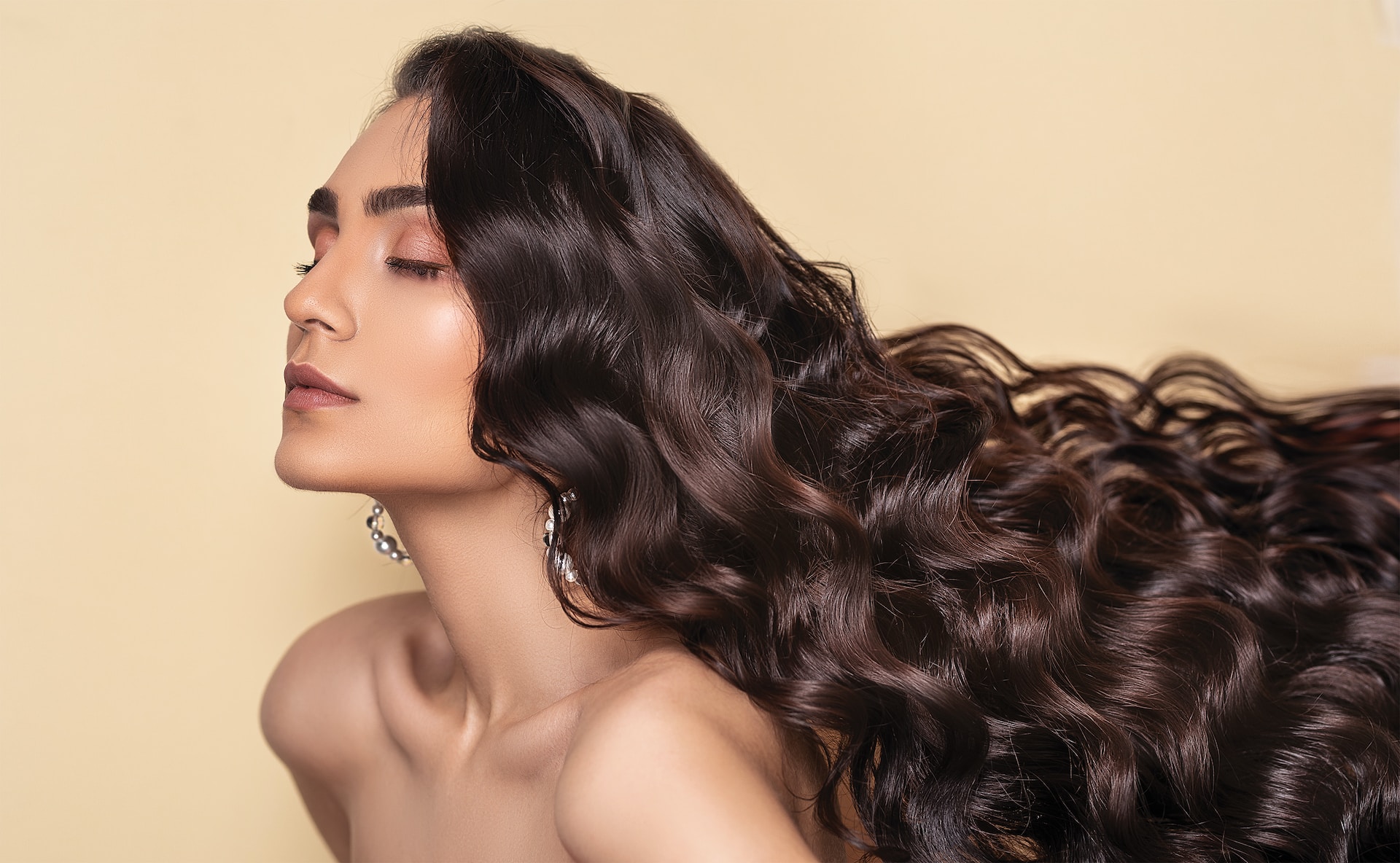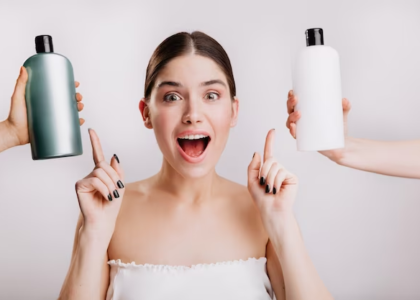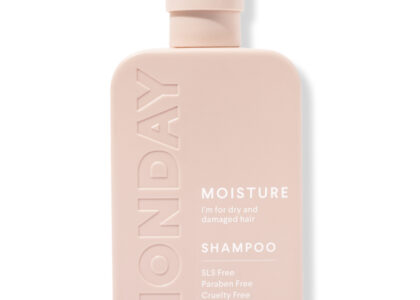Every hair transformation journey, be it subtle highlights or a bold new shade, invariably leads to one perplexing question: “Should you wash your hair before you get it colored?” It’s more than just a simple yes or no, as the answer can significantly impact the outcome of your hair color. Let’s take a more in-depth exploration into this frequently asked question.
Sebum’s Role in the Coloring Process
When it comes to hair coloring, the role of sebum, a naturally occurring oil produced by the scalp, is often overlooked. This article delves into the science behind sebum and why it is beneficial to skip the pre-color wash.
Understanding Sebum
Sebum is the oily substance secreted by sebaceous glands in the scalp. It serves various purposes, one of which is to keep our hair and skin lubricated. However, it’s essential to note that excessive sebum production can lead to a greasy appearance.
Sebum’s Protective Nature
One of the fascinating aspects of sebum is its protective role against chemical irritations caused by hair dyes and colorants. When you decide whether to wash your hair before coloring it, it’s crucial to consider the protective benefits of sebum.
Reasons to Skip the Pre-Color Wash
Maintaining pH Balance
The pH balance of both hair and the scalp is critical for their health and functionality. The natural pH level of hair and scalp is slightly acidic, typically between 4.5 and 5.5. This acidity is essential because it helps to keep the cuticles of the hair shaft closed, resulting in smoother and healthier-looking hair.
When you introduce hair products, especially shampoos with varying pH levels, they can disrupt this delicate balance. Dyes and colorants, on the other hand, work best when they interact with hair at its natural pH level. This alignment allows for more effective penetration into the hair shafts, ensuring that the color adheres evenly and lasts longer.
| pH Level | Effect on Hair |
|---|---|
| Acidic (4.5-5.5) | Keeps cuticles closed, hair looks smoother |
| Alkaline (above 7) | Swells cuticles, hair appears rough |
By preserving your scalp’s sebum layer, you are essentially maintaining the pH balance that is ideal for the coloring process.
Minimizing Scalp Sensitivity
Some hair coloring agents can be harsh and potentially cause scalp irritation, chemical burns, or allergic reactions. However, a scalp that has a protective layer of natural oils, including sebum, can act as a buffer against these harsh chemicals.
When hair dye or colorant comes into contact with a well-sebum-coated scalp, it’s less likely to cause immediate irritation. This not only enhances the comfort of the coloring process but also reduces the risk of adverse reactions.
When Washing Becomes Essential Before Coloring

Although many experts and hair enthusiasts lean towards not washing, certain circumstances raise the question, “should you wash your hair before you get it colored?” Let’s delve into scenarios where this may be necessary:
Heavy Product Build-up
Frequent use of hair products such as sprays, gels, mousses, and serums can lead to residue accumulation on your hair. If you’re pondering, should you wash your hair before you get it colored? due to product build-up, the answer might be yes. This build-up can create a barrier on the hair strands, preventing the dye from adhering properly. Here’s how it works:
- Residue as a Barrier: Hair products can leave behind a residue on your hair. This residue can contain ingredients like silicones, oils, and waxes that create a film on the hair surface. When you apply hair dye on top of this residue, it may not penetrate the hair shaft effectively, leading to uneven color results;
- Dull and Faded Color: Without proper penetration, the color may appear dull and may not last as long as expected. The uneven distribution of color can also result in streaks and patches.
Overactive Sebaceous Glands
Some individuals have overactive sebaceous glands on their scalps, which can lead to excessive oil production. This excessive oil can make the hair appear very oily, even shortly after washing. If you’re contemplating, should you wash your hair before you get it colored? In such situations, a light wash with a gentle shampoo might be advisable. Here’s why:
- Oil as a Barrier: Excess oil on the hair and scalp can create a barrier that interferes with the hair dye’s ability to adhere to the hair. Oil can repel the water-based hair dye, making it less effective;
- Color Adherence: When hair is excessively oily, it’s challenging for the dye to bond with the hair shaft. This can result in the color not holding well or fading quickly.
To prepare your hair for coloring when you have overactive sebaceous glands, consider the following steps:
- Use a Gentle Shampoo: Opt for a gentle, sulfate-free shampoo that cleanses the hair without stripping it of essential moisture. This will help remove excess oil while maintaining the hair’s health;
- Avoid Conditioner: Skip using conditioner before coloring, as it can add more moisture and make the hair less receptive to color;
- Dry Thoroughly: Ensure your hair is completely dry before applying hair dye. Dye adheres best to dry hair.
Expert Opinions and Recommendations
Top hairstylists and colorists from around the globe seem to resonate with a common suggestion:
Ideal Timeframe for Pre-Coloring Hair Preparation
Aim to wash your hair roughly 24 to 48 hours before your coloring appointment. This strategy ensures that there’s a protective layer of natural oil while not being overwhelmingly oily to disrupt the coloring process. The 24 to 48-hour timeframe is widely recommended by experts for several crucial reasons:
| Benefits | Explanation |
|---|---|
| Natural Oils Protection | When you wash your hair too close to your coloring appointment, you strip away essential natural oils that act as a protective barrier for your scalp and hair. These oils help in shielding your scalp from potential irritation caused by hair dye chemicals. |
| Even Color Absorption | Pre-coloring, your hair cuticles need to be in a slightly raised position to allow the color to penetrate evenly. Washing your hair too soon before coloring may lead to flattened cuticles, making it difficult for the color to penetrate uniformly, resulting in uneven and patchy results. |
| Less Oil Interference | Washing your hair too close to your appointment can leave it overly clean and free from natural oils. While clean hair is essential, hair that’s too clean can be slippery and challenging to work with during the coloring process. |
| Improved Color Adhesion | Hair that has a slight natural oil buildup adheres better to hair dye. This ensures the color sticks effectively to your hair strands, resulting in longer-lasting and vibrant color. |
Additional Tips for Preparing Your Hair for Coloring
In addition to the ideal timeframe for washing your hair, consider these expert recommendations for flawless hair coloring:
- Avoid Conditioner Before Coloring: Skip using conditioner on the day of your appointment as it can create a barrier that hinders color absorption. You can use a conditioner the day before washing your hair;
- Clarifying Shampoo Option: If your hair has a lot of product buildup or is particularly oily, consider using a clarifying shampoo a few days before your appointment to ensure a clean canvas for coloring;
- Protective Hair Care Routine: In the days leading up to your appointment, avoid excessive use of heat styling tools and protect your hair from environmental factors like sun and pollution;
- Consult Your Stylist: Always consult with your hairstylist or colorist for personalized recommendations based on your hair type, color goals, and the specific coloring technique being used.
Shampoo Ingredients Matter

- Sulfates: Many mainstream shampoos contain sulfates. While they’re effective cleansers, they can strip the hair of its natural oils and moisture. If you are leaning towards washing your hair before coloring, ensure you choose a sulfate-free shampoo. This ensures your hair retains the right amount of natural oils beneficial during the coloring process;
- Silicones: These are ingredients that give your hair that smooth, shiny appearance. The downside? They might form a barrier on the hair shaft, potentially hindering the color from soaking in effectively. If your regular shampoo is rich in silicones, think about using a clarifying shampoo or a silicone-free alternative before your coloring session;
- Alcohols: Not all alcohols in hair products are drying, but some, like isopropyl alcohol, can be. It’s important to check your shampoo’s ingredient list. If it contains drying alcohols, it might be best to skip washing your hair right before the coloring, or opt for a moisturizing shampoo instead.
Pre-Coloring Treatments: Boosting the Coloring Process
Sometimes, the question isn’t just “Should you wash your hair before you get it colored?” but also what treatments can be done to prepare your hair for coloring.
- Deep Conditioning: About a week before you plan to color your hair, treat your locks to a deep conditioning session. This ensures your hair is hydrated and in optimum health to accept the color;
- Protein Treatments: If your hair is damaged or has been subjected to frequent chemical processes, a protein treatment can restore some of its strength. However, ensure this is done at least a few days before coloring to prevent protein overload.
Post-Coloring Care: Securing the Vibrancy
Once your hair has been colored, its care regimen needs an update:
- Color-Safe Shampoos: Invest in shampoos specifically designed for colored hair. They are gentler and aim to prolong the vibrancy of your color;
- Limit Sun Exposure: Prolonged sun exposure can fade hair color. Use hats or hair products with UV protection when spending extended time outdoors;
- Avoid Chlorine: If you’re a swimming enthusiast, be wary of chlorinated pools. Chlorine can strip away the color and leave it looking dull. Consider using a swim cap or applying a protective hair serum before diving in.
Conclusion
Should you wash your hair before you get it colored? A balanced approach suggests washing your hair a day or two prior to the treatment, ensuring some natural protection but also preventing potential obstacles for the dye.
By understanding your hair type, the products you use, and considering expert opinions, you can make an informed decision that will lead to vibrant, stunning hair color. Remember, coloring isn’t just about changing the shade of your locks, but ensuring they remain healthy and gorgeous in the process.
FAQs
No, as long as there’s no excessive product build-up. Natural oils from the scalp won’t typically cause uneven coloring.
Yes, if dandruff is severe. Flakes can obstruct the coloring process. Use a mild anti-dandruff shampoo and consult with your hairstylist.
Not significantly. However, for treatments that require more time on the scalp, like bleach, having some protective sebum can be beneficial.
Yes, especially if you sweat a lot. Sweat can alter the pH of your hair and interfere with the dye’s efficacy.




